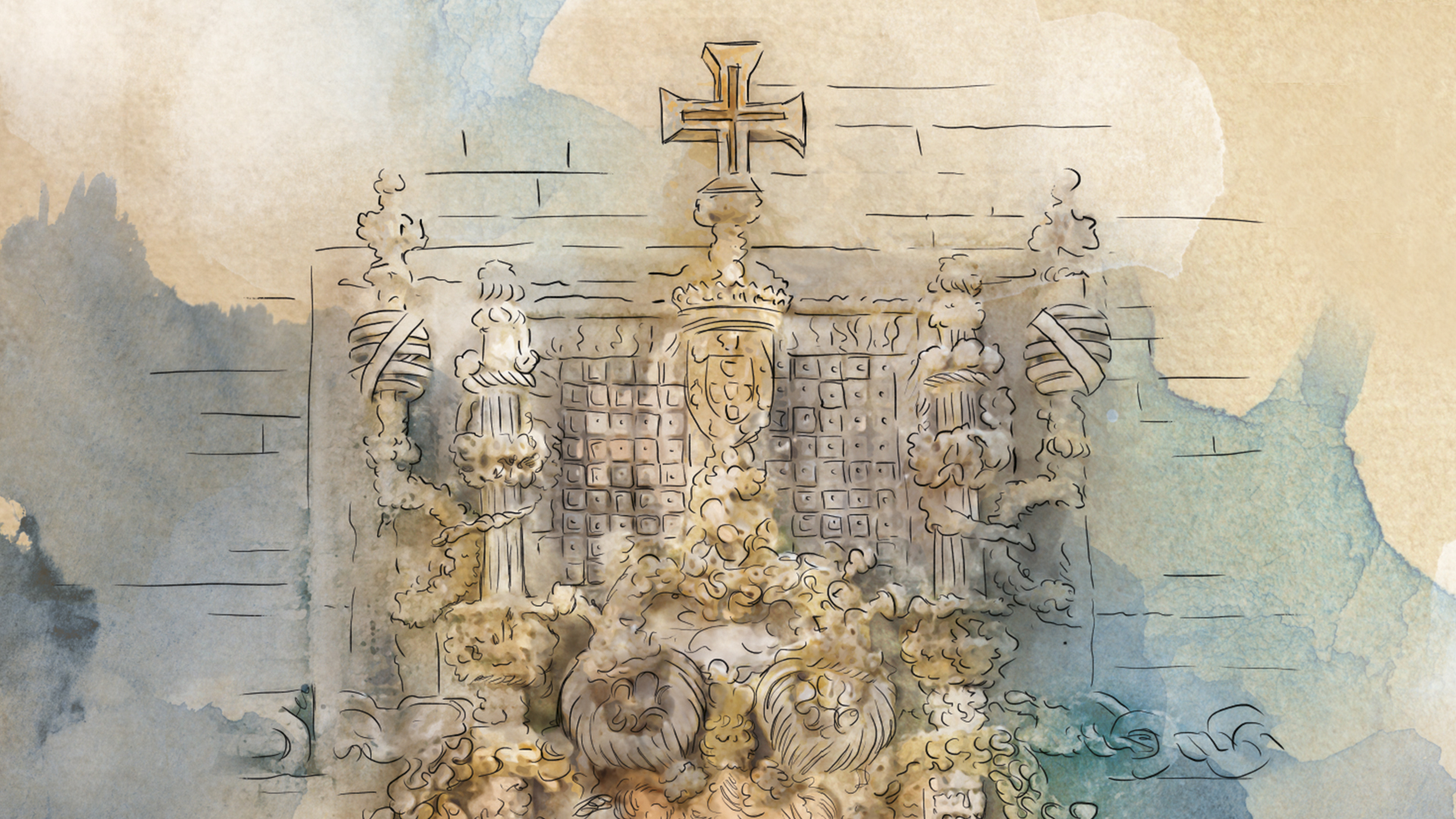The Convent of Christ is one of the most important monumental complexes of Portuguese cultural heritage. Originally designed as the oratory of the Knights Templar – the Charola – which was completed in 1190, it was part of the vast complex of buildings commissioned by Dom Gualdim Pais, including the castle, the walled town, the military house, the Master’s house, and the kasbah.
Following the thorough reform of the Order of Christ carried out by Prince Henry the Navigator from 1421 onwards, the castle, together with its annexes, would become the administrative centre of the order, while the former military house would become a conventual space, transformed to house a community of contemplative religious. At that moment, the old alcazaba would also be converted into the residential space of the order’s administrator.
In the 16th century, the building would undergo continuous renovations that would draw the primordial features of the Manueline and Mannerist physiognomy that would make the Convent of Christ an unavoidable reference in the history of Portuguese art.
When King Manuel ascended to the throne, he intended to enhance the role of the Order of Christ, starting with the reformulation of its most emblematic space. At that time, the temple, choir and sacristy would be built to the west of the Charola (private oratory for the Knights), which would also see its decorative content significantly altered. It was executed by the masters Diogo de Arruda and João de Castilho in a decorative discourse celebrating the Portuguese maritime discoveries, with the famous window of the Chapter House on the western façade of the Manueline church standing out.
During the following reign, under the aegis of King John III, the grandiose Renaissance convent was built against the western flank of the castle, surrounding the Manueline buildings. The main cloister, rebuilt by Diogo de Torralva in the Italian cinquecento style, is considered to be the first Mannerist work in Portugal. During the Spanish rule period, an aqueduct, about 6 kilometres long, was added.
Due to its historical and artistic relevance, the Convent of Christ, a monumental complex consisting of the Castle, the Convent of the Order of Christ, the conventual enclosure, today known as the Sete Montes Woods, the Immaculate Conception Hermitage and the Pegões Aqueduct, were classified as Cultural Heritage of Humanity by UNESCO in 1983.
Convent of Christ
